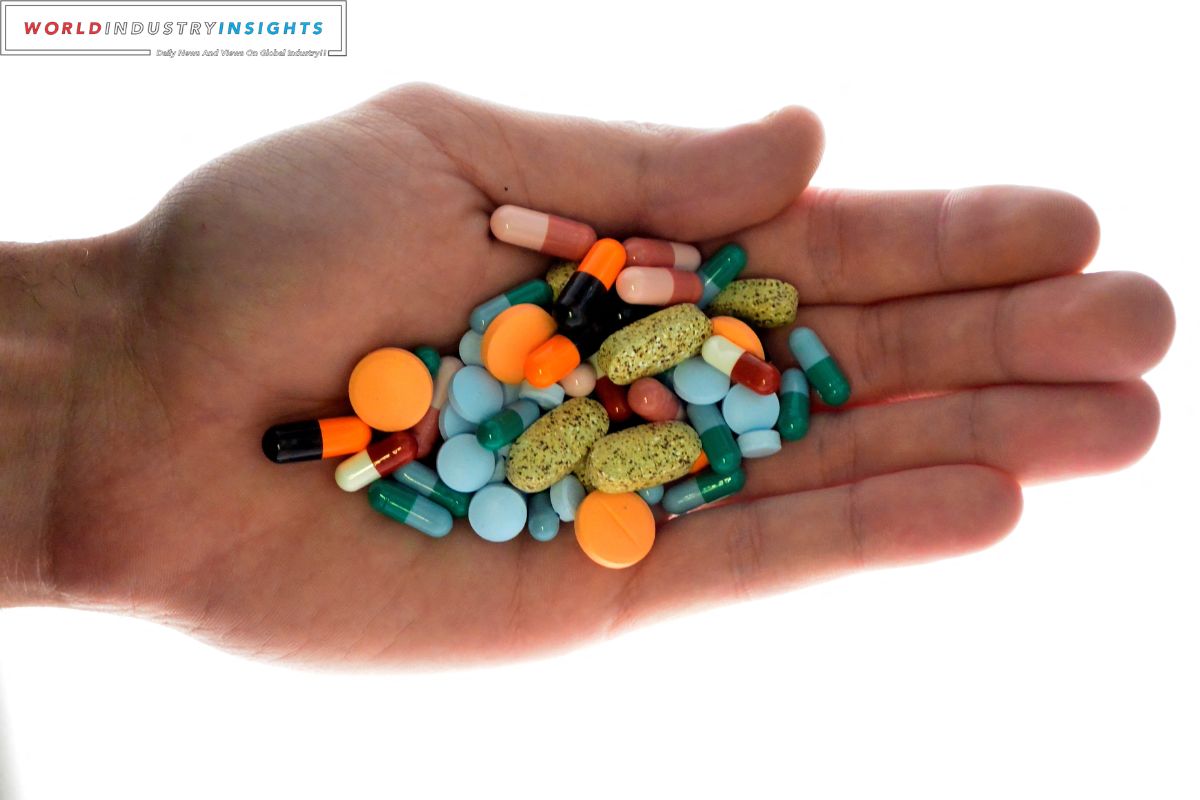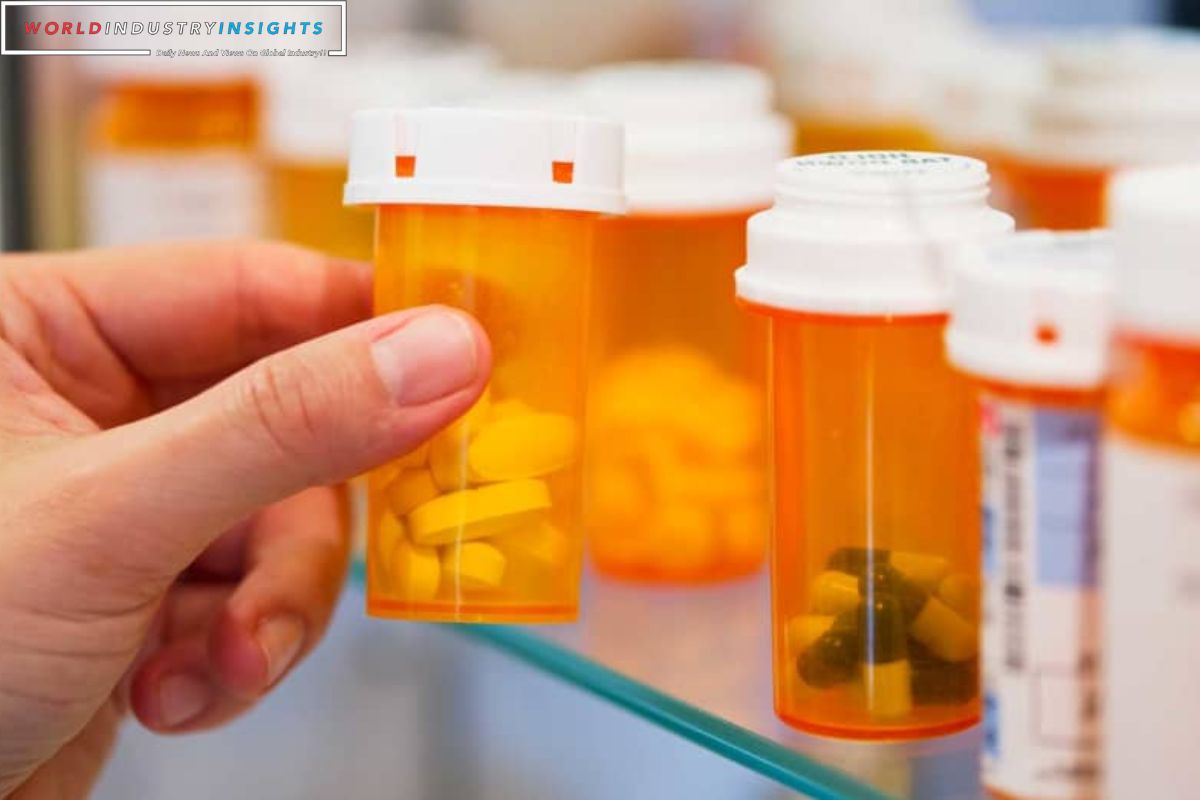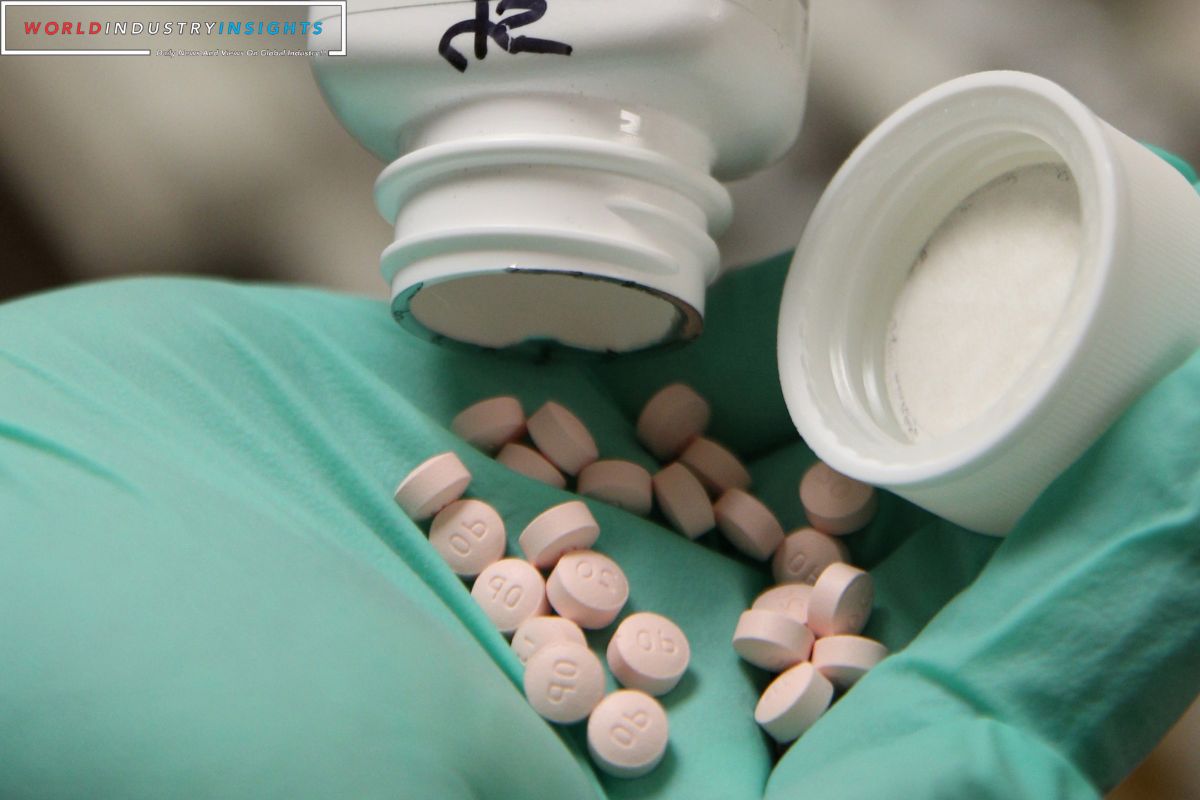US Drug Price Hike Alert: In a startling turn of events, the US pharmaceutical industry has been hit with a wave of US drug price hikes, affecting over 500 medications. This unprecedented surge in prices has sent shockwaves throughout the healthcare system, leaving patients, healthcare providers, and policymakers grappling with the implications.
As the cost of essential medications continues to soar, questions arise about the underlying factors driving these increases and the potential impact on patient access and affordability. Join us as we delve into this urgent issue, exploring the complex web of geopolitical factors, regulatory landscapes, and industry responses that have contributed to this alarming trend.
Stay tuned for an in-depth analysis of pricing trends, market dynamics, and strategic responses in the face of this ongoing crisis.
Key Takeaways
- Over 500 medications are facing substantial price increases, with pharmaceutical giants like Pfizer, Sanofi, and Takeda profiting from these hikes.
- GSK and other companies have decreased prices on select drugs, offering hope for balance in the industry with anticipated reductions.
- Geopolitical factors and supply chain concerns, such as global conflicts and tensions in the Middle East, pose risks and threaten pharmaceutical supply, leading to escalating drug prices.
- The pharmaceutical industry is navigating through trade route instabilities and patients are at the mercy of these geopolitical factors, further burdening them with rising drug prices.
Overview of Pharmaceutical Price Increases and Anticipated Reductions
The pharmaceutical industry is in turmoil as drug prices skyrocket, with over 500 medications facing substantial increases. This alarming trend has left many Americans stranded, unable to afford essential medication, while pharmaceutical giants like Pfizer, Sanofi, and Takeda revel in their profits. It’s a blatant display of corporate greed at the expense of people’s health.
However, there is a glimmer of hope on the horizon. President Biden’s Inflation Reduction Act aims to combat these exorbitant price hikes, providing relief to millions of Americans. Additionally, industry leaders like GSK have taken the initiative to decrease prices on select drugs, showing that not all pharmaceutical companies are heartless profit-seekers.
As the battle between profit and people’s well-being rages on, we can only hope that these anticipated reductions will bring some much-needed balance to an industry plagued by unaffordable prices.
Geopolitical Factors and Supply Chain Concerns
As drug prices continue to soar and leave countless Americans unable to afford essential medication, the pharmaceutical industry is now grappling with the complex web of geopolitical factors and supply chain concerns that exacerbate the problem.
Global conflicts and supply chain risks have a direct impact on drug prices, with tensions in the Middle East threatening crucial trade routes and the pharmaceutical supply. The unrest in the Red Sea region also poses potential disruptions in pharmaceutical chains, further increasing the vulnerability of the supply chain.
The pharmaceutical industry is navigating through these trade route instabilities, trying to secure the delivery of medications to meet the increasing demand. The geopolitical strife and supply chain concerns have made the pharmaceutical industry vulnerable, leaving patients at the mercy of escalating drug prices.
It is imperative that we address these issues and find solutions to ensure affordable access to life-saving medications for all Americans.
Regulatory Landscape and Industry Responses
Navigating the ever-changing regulatory landscape, the pharmaceutical industry is implementing strategic responses to address the challenges of rising drug prices. The industry is facing immense pressure from lawmakers and consumers to lower drug prices and increase accessibility. Here are three key industry responses to the regulatory landscape:
- Medicaid Rebate Laws and Pharma’s Pricing Strategies: Drug manufacturers are working to comply with Medicaid rebate laws, which require them to provide discounts to the program in exchange for coverage. They are also reevaluating their pricing strategies to ensure that they can still turn a profit while offering affordable medications.
- Medicare Negotiations Looming: Industry’s Preemptive Moves: As the possibility of Medicare negotiations on drug prices looms, pharmaceutical companies are taking preemptive measures to minimize the impact. They are engaging in discussions with payers and exploring alternative pricing models to maintain profitability.
- Regulatory Compliance Challenges: Pharma’s Balancing Act: Pharmaceutical companies are faced with the challenge of balancing regulatory compliance with the need to innovate and invest in research and development. They must ensure that their pricing practices align with regulations while also continuing to bring new and life-saving medications to market
Pricing Trends and Market Dynamics
Pricing trends and market dynamics in the pharmaceutical industry are shaping the accessibility and affordability of medications for consumers. With drug prices soaring to new heights, it is crucial to understand the strategies and practices employed by pharmaceutical companies. Pfizer, a leading player in the industry, has been at the forefront of the price surge, leaving consumers struggling to afford essential medications. This alarming trend raises questions about the fairness and ethics of pharmaceutical practices. Additionally, an analysis of drug launch prices over the past decade reveals an evolving landscape, where new medications are introduced at exorbitant prices. This dynamic market has led to stark disparities between the prices of new and established drugs, further exacerbating the burdens on consumers. It is imperative that these pricing trends and market dynamics be closely monitored to ensure the accessibility and affordability of medications for all.
| FACTS |
| Pfizer Leads Price Surge: Insights into Pharmaceutical Strategies’ |
| Drug Price Trends: 10% Limit and Pharmaceutical Practices’ |
| Evolving Drug Launch Prices: A Decade-Long Analysis’ |
| Drug Price Forecasts: January’s Role in Pharmaceutical Changes’ |
| Market Dynamics Shift: New vs. Established Drug Price Disparities’ |
Industry Analysis and Strategic Responses
The pharmaceutical industry’s response to evolving regulations and geopolitical shifts has led to strategic adaptations in drug pricing tactics. As the industry faces increased scrutiny and pressure to address the rising cost of medications, pharmaceutical companies are employing various strategic responses to navigate these challenges.
Here are three key industry analyses and strategic responses that have emerged:
- Diversifying Revenue Streams: Pharmaceutical companies are exploring alternative revenue streams, such as investing in research and development for new therapies, expanding into emerging markets, and partnering with other healthcare stakeholders to create value-based pricing models.
- Enhancing Transparency: In an effort to regain public trust and address concerns about pricing practices, some pharmaceutical companies are increasing transparency by disclosing their costs and justifications for price increases, providing greater visibility into the factors that influence drug pricing.
- Advocating for Policy Changes: The industry is actively engaging with policymakers to advocate for reforms that support fair pricing practices, such as streamlining the drug approval process, encouraging competition, and implementing value-based pricing approaches.
These strategic responses demonstrate the industry’s commitment to navigating regulatory challenges while ensuring access to innovative and life-saving medications.
Conclusion Of US Drug Price Hike Alert
Shocking! Over 500 medications hit by price hikes! Big Pharma’s greed knows no bounds as they continue to exploit vulnerable patients. Geopolitical factors and supply chain concerns are just excuses for their insatiable desire for profit.
The regulatory landscape is failing to protect consumers, and the industry’s weak responses are inadequate. It’s time for a revolution against these outrageous pricing trends. Don’t let Big Pharma rob you of your health Stand up and fight back!
Also Read: US Drug Firms Await Medicares List of Negotiated Medications Amid Legal Challenges
Our Reader’s Queries
What is the shocking rise of prescription drug prices?
In the span of a year, prices for established medications have surged by over 25%.
Will drug prices increase in 2023?
According to CAP’s findings in July 2023, drug companies increased the list prices of 112 drugs above the annual inflation rate of 3 percent. These prices, set by the manufacturers, are applicable to all payers and do not include any discounts or rebates offered throughout the drug financing supply chain.
What state has the highest drug prices?
The cost of drugs can vary greatly depending on the state you live in. According to recent data, North Dakota tops the list with an average drug charge per capita of $977, followed closely by Louisiana at $975. Arkansas and West Virginia also make the list with charges of $869 and $8114 respectively. It’s important to keep in mind that these charges can have a significant impact on individuals and families, and it’s crucial to explore all options for affordable healthcare.
Are drug prices increasing in the US?
Between January 2022 and January 2023, the prices of over 4,200 drug products increased, with 46% of them exceeding the inflation rate. On average, the price of each drug product increased by 15.2%, which amounts to $590 per product.



